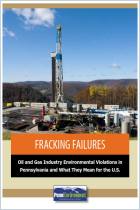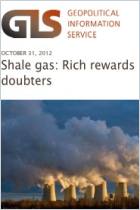
The Real Cost of Fracking
How America’s Shale-Gas Boom Is Threatening Our Families, Pets, and Food
Recommendation
This well-researched report details the environmental and human cost of hydraulic fracturing with firsthand stories of people, animals and places that have experienced shocking harm from fracking and its chemicals. Michelle Bamberger, a veterinarian, and scientist Robert Oswald worked hard to uncover these tales, which are usually shrouded in silence. When the fracking industry pays people for ruined health or damaged homes, land or animals, they demand nondisclosure agreements. Bamberger and Oswald present original data they’ve collected on chemicals used in fracking and their environmental and health implications. The authors discuss how hard it is to pin some of these problems on fracking and they also cover some of fracking’s acknowledged hazards. For instance, Oklahoma’s government has announced that fracking is causing earthquakes. Much of the specific scientific information in this eye-opening report is not easily available. getAbstract recommends this warning to energy investors, consumers, environmentalists, landowners, reporters, officials and policy makers.
Summary
About the Authors
Veterinarian Michelle Bamberger and Fulbright and Guggenheim fellow Robert Oswald serve on the advisory board of Physicians, Scientists and Engineers for Healthy Energy. Bamberger has written two books on pet first aid. Oswald teaches molecular medicine at Cornell University.
















Comment on this summary